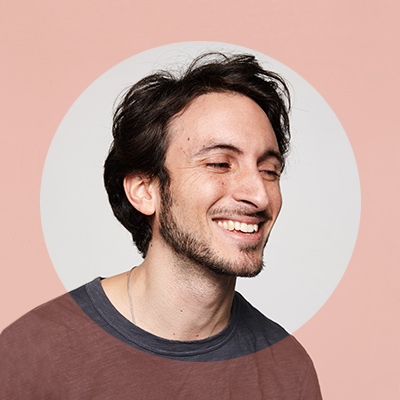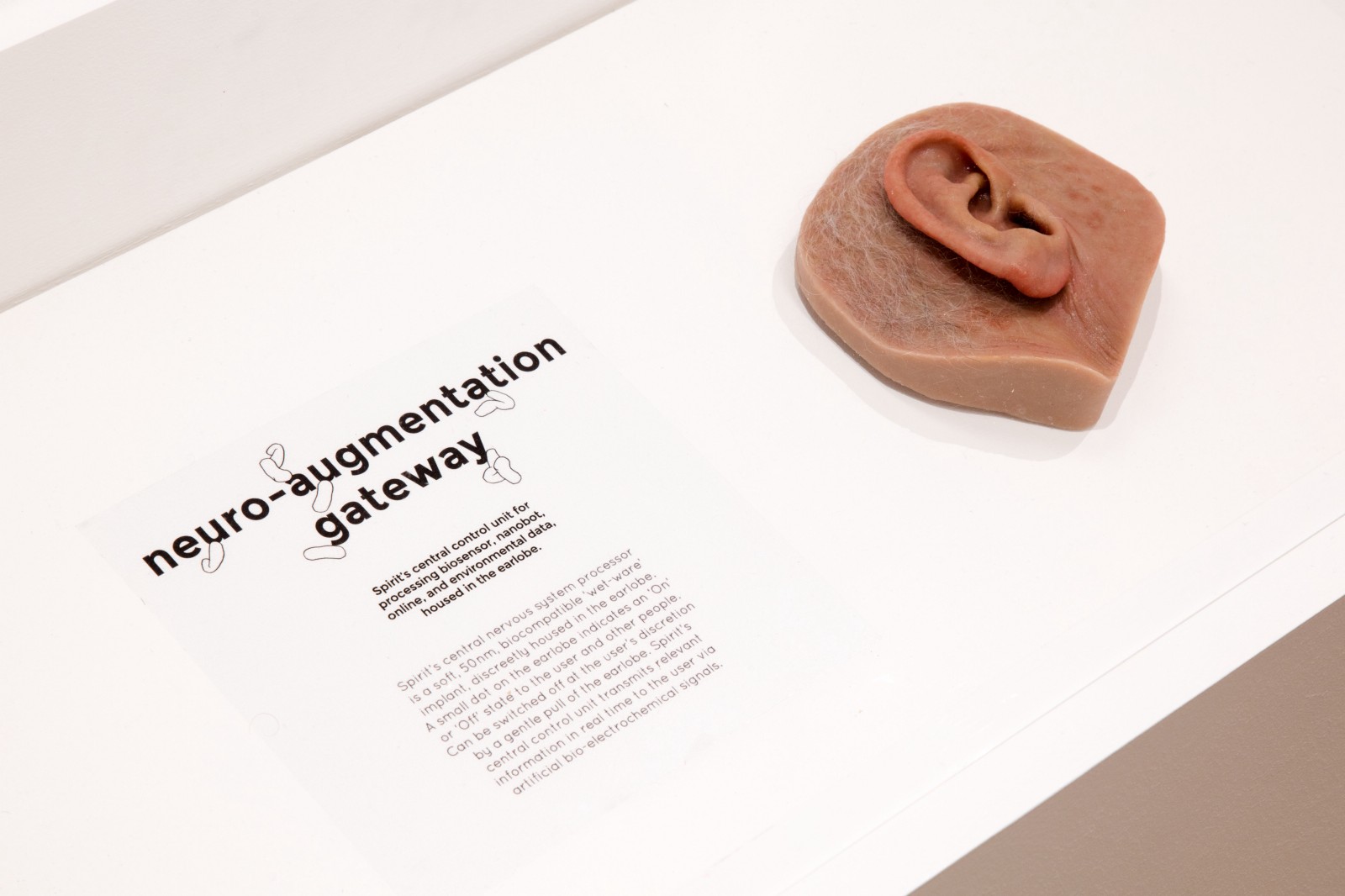
For the second edition of our monthly In Practice series, featuring an MA Narrative Environments alumni, we talk with Luca Ponticelli, Designer at IDEO London.
Luca Ponticelli
I am Visual Communication Designer with a background in Psychology. I worked across industries for the past few years at the intersection of brand, exhibition design and social innovation, always with a human centred lens. I am a currently Designer at IDEO London.
– Tell us about a narrative environment you’ve worked on since graduating.
One of the first projects I worked on at IDEO was a speculative design piece on the future of aging for the Design Museum. We were asked what role design places in ageing and what can we do to enhance that experience, and in particular what role design and new technologies (Ai, Biotech, Sensors) play in ageing and community.
When we start a project, we always put people at the center of it, after our research around ageing, we stumbled across the challenge of loneliness, which according to research is a dangerous as smoking or not exercising.
So we think tackling that is one of the biggest design challenges out there when it comes to ageing.
So we designed spirit, an Ai trained to help you be more social. Spirit is a pill full of nanobots, giving you nudges to help you connect more with the people that are the best fit for you.
This Narrative piece was divided in three parts:
- An Illustrated day in the life of Simon, a 92 years old man living in 2047, using spirit to stay connected to his friends and family.
- A cabinet with three formaldehyde body parts sculptures – showing the functions and effects of Spirit’s nanobots on Simon’s body.
- A large screen ‘hosting’ Spirit as it is today: a young AI, seeking for training from visitors interactions, to learn from people’s needs in social life. In front of it, a sound shower where people could answer Spirits’ questions, connected via audio sensors to an arduino piece which constantly collected data points.
This project was a priceless piece of design to analyse, learn and present elderlies’ needs and a great exercise to think about a narrative arch spanning from the present to the future, using different media linked to one coherent story. Don’t forget to put humans at the centre of your story, that’s what sticks with your audience.

above: Simon’s ear lobe lights up when Spirit is turning on / off. Body Parts Design: Agi Haines

above: The purpose loop, showing how Spirit creates more cohesive communities
– What’s the most unexpected collaboration you have been involved in?
A couple of months ago I started a collaboration with a social entrepreneur from Médecins sans frontière to design a vest to protect volunteers from chemical attacks when working in danger zones. It’s at a very early stage but I am focusing on a series of pictograms, sewn on the inner pouches, to ensure users have a clear idea of all the steps required when in threat. This is a very new kind of design and commission and I hope to be doing more of these in the upcoming future.
– Is there a current narrative environment you would recommend people to visit?
One day I was in Dubai, 45 degrees heat. After a morning at the beach and an afternoon skiing in a shopping mall, I drove to the emirate of sharjah. Among the dense arabesque urban texture, I get caught by a concrete box, here I found Random International’s Rain Room. It’s an indoor raining experience powered by sensors, where you never get wet. I thought that was a powerful example of a simple, effective narrative environment. And a necessary step to my multi climate day!

– What narrative environment method or approach have you found useful in your practice?
I constantly use storyboard at different phases of a project. I find sequencing actions and drawing more of a tool to help me think deeper about a people’s stories and how to best design for them.
A storyboard doesn’t need to land into a film, I storyboard to prepare the flow of
a conference, a client meeting or a Skype call at times!
– What advice would you give a current student about to graduate?
Often you won’t find a job description that would encompass the variety of work you do on the course! But you can seek multidisciplinary environments to feed your creativity. Seek collaborations, and work to build your clear point of view in the world. How can you find your own definition of what the course does and fit it to the industry you want?
Use your deep expertise to guide you through to land a job that would satisfy your creative thirst! There is plenty of interesting work out there, pick up your Narrative Hat and remember to be humble and very patient, it takes trial and error to succeed!